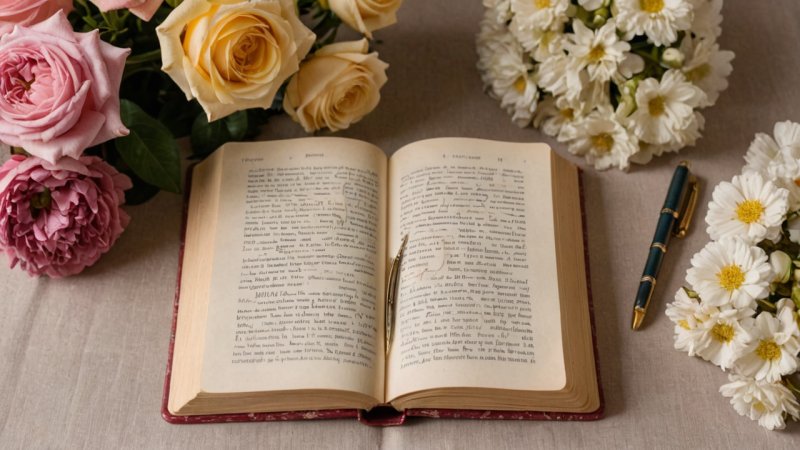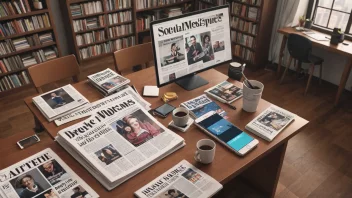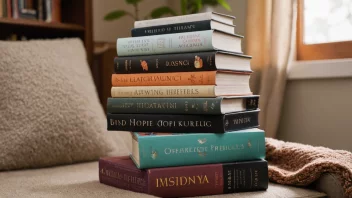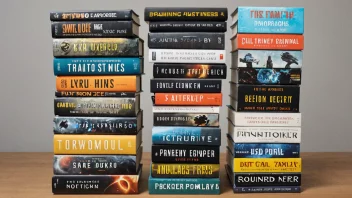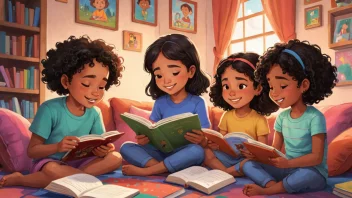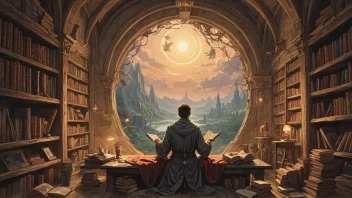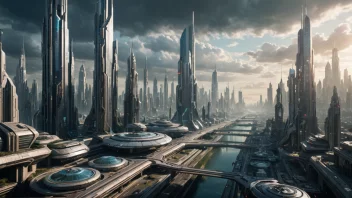Classic literature has long been a mirror reflecting the social norms and values of its time, particularly regarding gender roles. From the works of Jane Austen to those of Charles Dickens, these texts not only entertain but also provoke thought about the expectations placed on men and women in historical contexts.
In many classic novels, female characters often grapple with societal constraints. For instance, in Pride and Prejudice, Elizabeth Bennet challenges the notion that marriage is a woman's ultimate goal. Her intelligence and wit defy the gender norms of the 19th century, making her a pioneering figure in literature. Austen uses Elizabeth's character to critique the limited roles available to women, illustrating a yearning for autonomy and self-identity.
Conversely, male protagonists frequently embody the traditional masculinity of their era. In Great Expectations, Pip's journey of self-discovery is intertwined with his evolving perceptions of masculinity and societal expectations. Dickens portrays how men are pressured to achieve success and status, often at the expense of their emotional well-being. This dichotomy of expectations highlights the restrictive nature of gender roles for both sexes, urging readers to reconsider the implications of these conventions.
The exploration of gender roles is not limited to gender-specific characters. Many classic works present complex relationships that challenge traditional dynamics. In The Awakening by Kate Chopin, Edna Pontellier's struggle against the confines of motherhood and marriage serves as a powerful commentary on the limitations placed on women in society. Chopin's portrayal of Edna's rebellion speaks to the universal desire for personal freedom, making her story resonate even today.
Furthermore, the male authors of classic literature often depict female characters through a male lens, raising questions about the authenticity of their voices. For example, in The Great Gatsby, F. Scott Fitzgerald presents Daisy Buchanan as an idealized object of desire, which limits her depth as a character. This phenomenon invites readers to analyze the portrayal of women in literature and consider how contemporary narratives have evolved to give women more agency and representation.
As we reflect on these themes in classic literature, it's essential to recognize their relevance in today's discussions about gender equality and identity. The characters and narratives from these works continue to influence modern literature, encouraging a dialogue about the ongoing struggle for gender equity.
In conclusion, classic literature offers a rich landscape for examining gender roles and their implications. By engaging with these texts, readers can uncover the complexities of societal expectations and their impact on individuals. The exploration of these themes not only enhances our understanding of the literature itself but also fosters a deeper appreciation for the progress made in gender equality over time.
